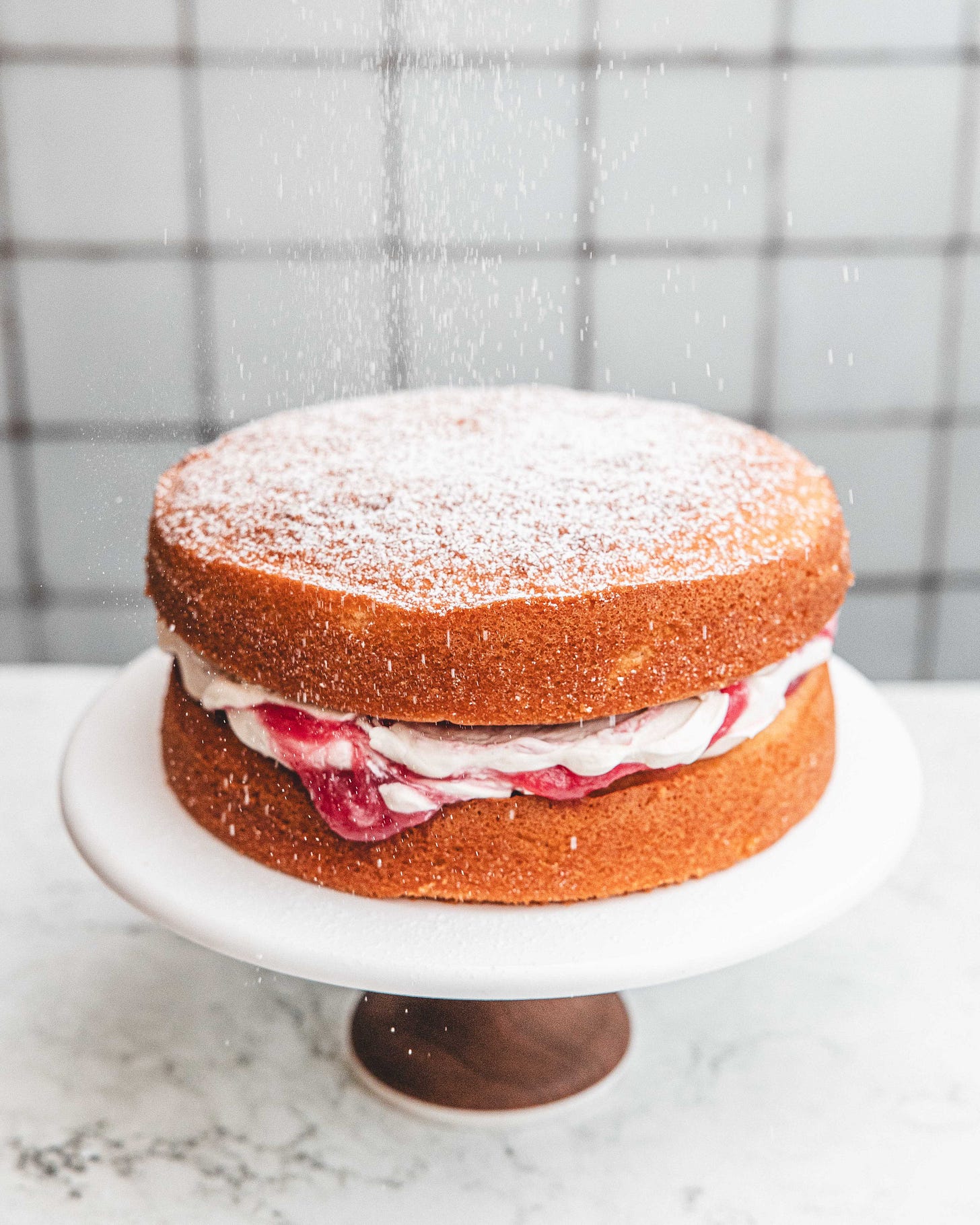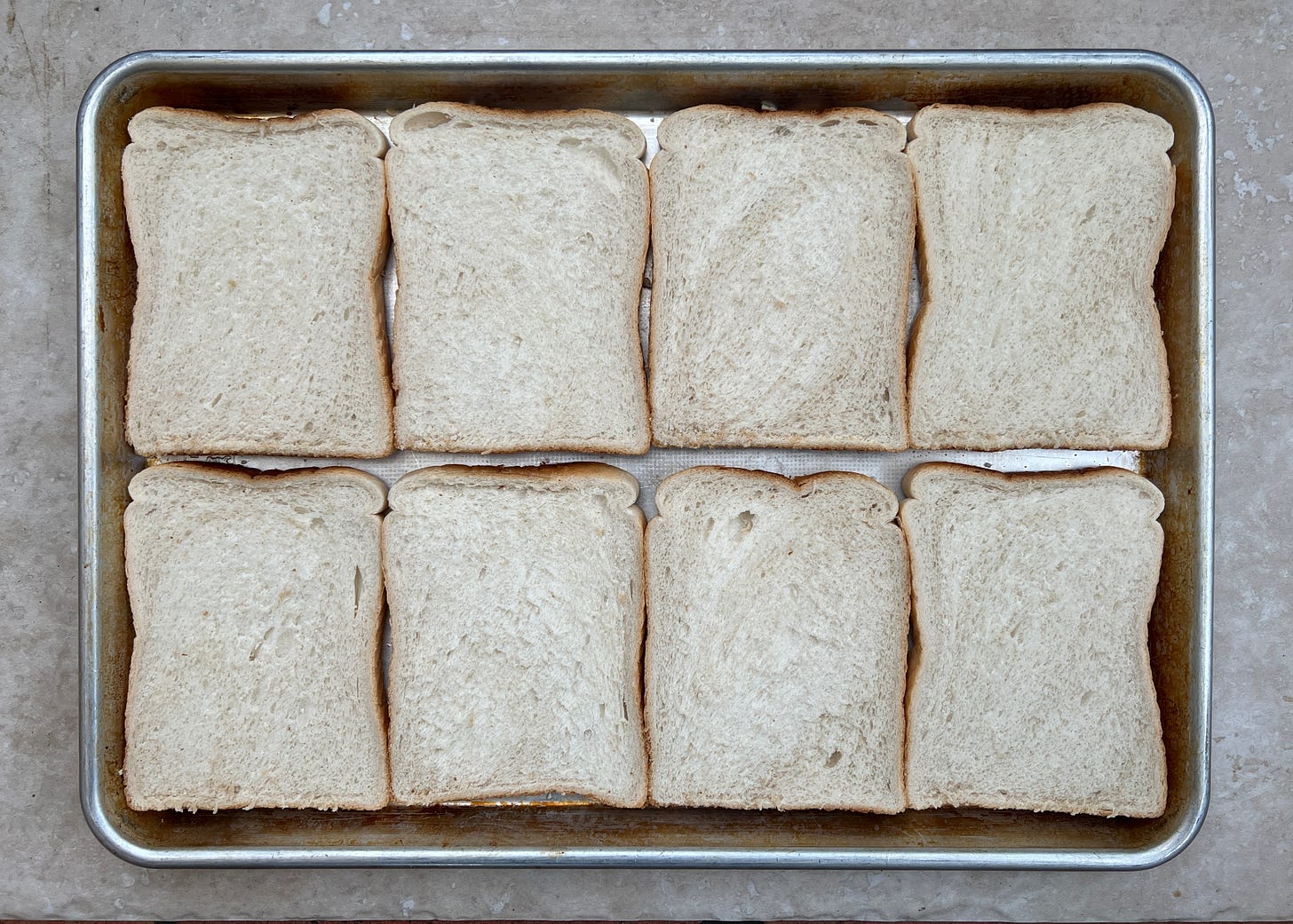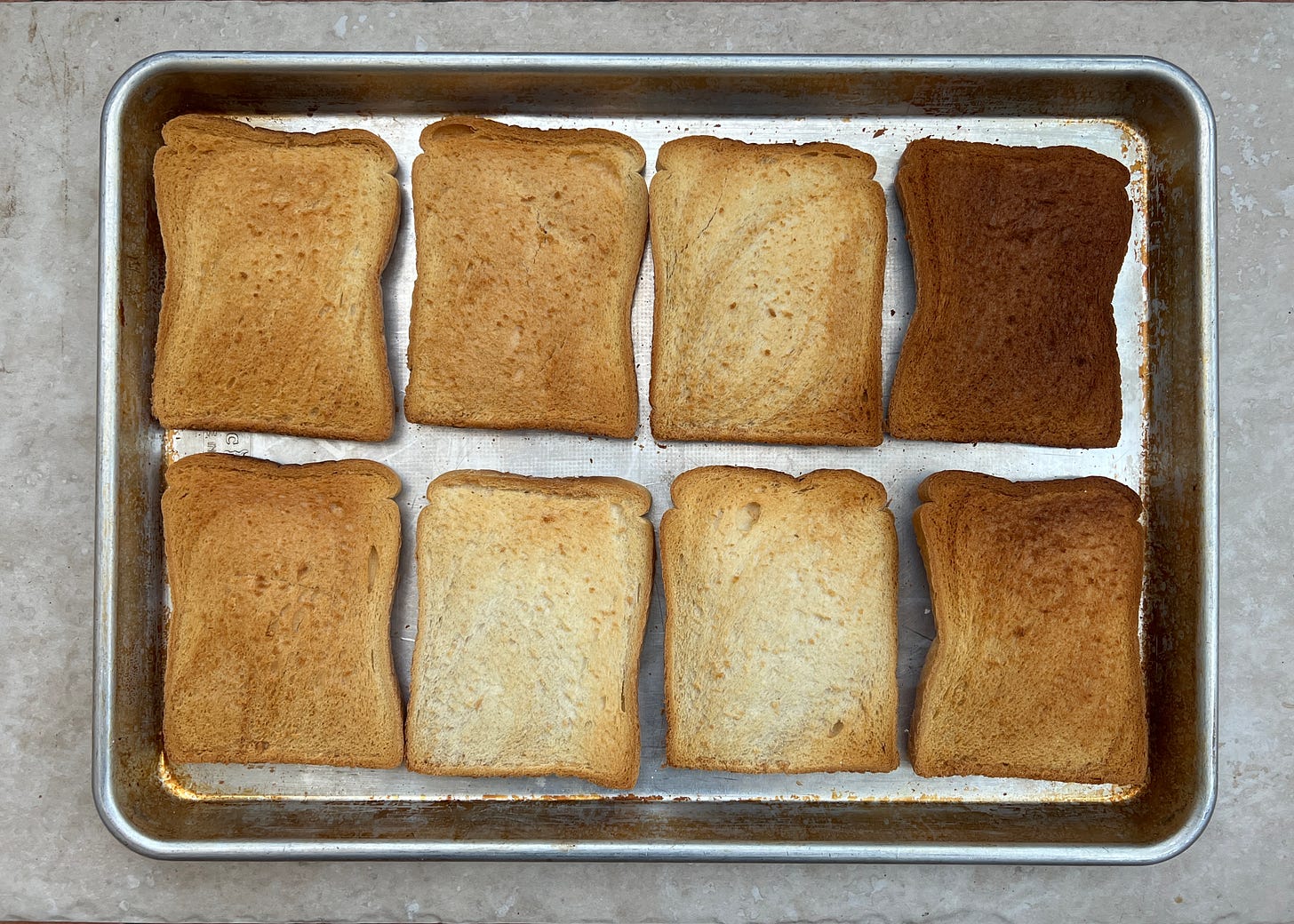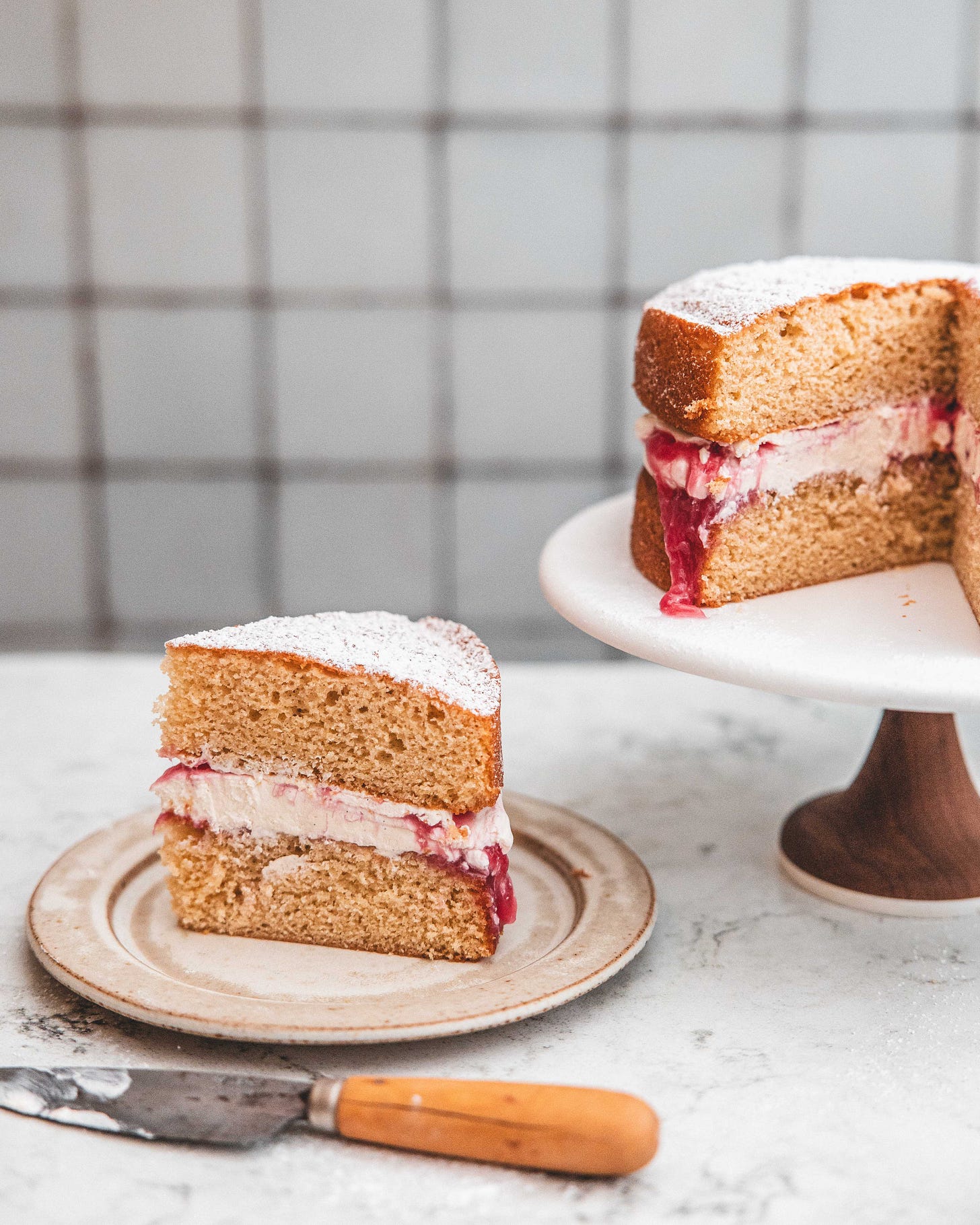I know I’ve posted once already this year but, to be honest, the start of the year has felt like a complete blur, the past two weeks have been a whirlwind as I packed up our flat and moved to a new house. Now I say new, but the truth is the complete opposite, the house we have bought is, quite frankly, a total wreck. The house was built in the late 1800’s and it feels like not much has been done to it since. Exaggerating a little for effect, sure, but the truth is almost as bad, this is not a house you’d buy for an easy life, I’m not sure there is a single thing that doesn’t need renovating. But then again that was what we wanted, and the compromise we made to stay living in the area we already called home.
If you’re interested in renovation updates, I’ll be sharing the full journey over on @aneastlondonreno over on Instagram and TikTok. I’ll share the kitchen here at some point but who knows when that’ll actually happen, so follow along on those accounts to see the whole process of turning our beloved wreck into a home.
Talking of the kitchen, a new kitchen means a new oven and like everything else in this house, it’s actually old, very old. Now, I could have easily removed the oven and bought something new, something guaranteed to work, but it felt pointless getting a new oven when we might not have a new kitchen for possibly a year or more. Why put something shiny and new in something old and depressing? Also why throw away a perfectly serviceable oven, what a waste that would be. To ensure I could live with this old oven, I needed to give it a test drive and see how well it worked, to see if it was accurate and if it suffered from any hotspots.
To test any oven I have a standard protocol, something I do with every oven I am working with for the first time, a recipe I know inside out and something that shows you a lot about the oven you are working with. I asked, over on instagram, what recipe you would make the first time using a new oven and the responses were varied, from frozen pizza to cupcakes to cookies, but a lot of you were on the same wave length as me and suggested a Victoria Sandwich. But why this classic British cake? For starters it shows browning clearly which will help us find any hotspots, I also know exactly how long it should bake for and its also an easy, low effort, recipe that will really put the oven through its paces. But, before I baked the cake, I also wanted to do a little initial testing to give me a good base level of information about the oven might behave.
The first thing I did was to line a baking tray with a bog standard loaf of sliced white bread. I then baked it at 160C Fan (oddly this oven only has a fan setting) for just shy of 20 minutes. This simple test highlights how even the heat from the oven is, giving a clear indication of any hot spots. As you can see from my test, the back right corner of the oven runs a little hotter than the rest of the oven, so I know to either avoid that area when I can or otherwise rotate food to ensure even baking (a good practice regardless).
The second test is something we should also always do, pop an oven thermometer in the oven and see if the temperature on the dial matches the temperature on the thermometer. I would do this test even if I had a brand spanking new oven because even new ovens can be calibrated incorrectly. If the temperatures match then hoorah, you have an accurate oven, but if not you can often adjust the dial of your oven to ensure the temperature you choose is the temperature you get. My new oven is not quite so sophisticated but I was lucky that the temperature was indeed accurate.
After all of this I was finally ready to bake a cake, a real world test to put the oven through its paces. I chose the humble Victoria Sandwich as my test subject and the oven surprisingly passed with flying colours. The cake baked at the expected time, meaning an accurate temperature and it browned evenly, showing even heat distribution (I avoided the back right of the oven). A sigh of relief as I now know I can happily live with this oven until we are ready to renovate the kitchen and pull the plug on getting new appliances.
To turn that simple Victoria Sandwich into something a little more extravagant, something to celebrate our new house, I got some early season rhubarb and turned that humble cake into something a bit more special with a mascarpone cream filling with a rhubarb and vanilla swirl.
Keep reading with a 7-day free trial
Subscribe to The Boy Who Bakes to keep reading this post and get 7 days of free access to the full post archives.









